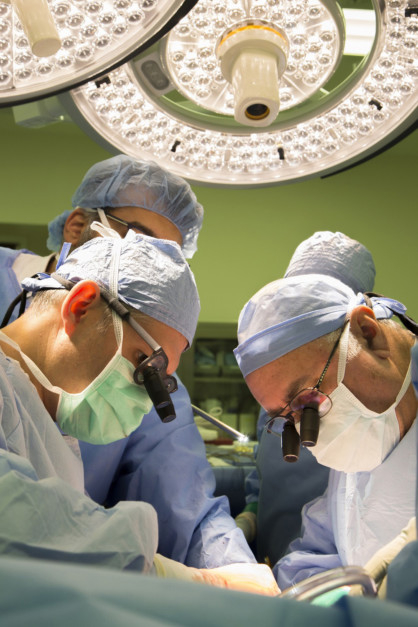Abu Dhabi: An Emirati youth recently came to the rescue of his sister, who suffered a life-threatening liver failure, by donating a portion of his liver.
In a first living related liver transplant for Cleveland Clinic Abu Dhabi, surgeons at the hospital successfully removed a portion of Emirati A.A.’s liver and successfully transplanted it to his 23-year-old sister, N.A.
In a traditional transplant operation, the entire organ is taken from a deceased donor, while in a living related liver transplant, a portion of the liver is removed from a living relative.
As livers are capable of regeneration, a transplanted section of a healthy liver can ideally regrow into a functional organ for the recipient.
Both patients recovered at Cleveland Clinic Abu Dhabi following the surgery and have been discharged, with ongoing aftercare and support from the hospital.
“We noticed there was a problem when my sister showed signs of extreme fatigue. After a series of tests, she was diagnosed with liver failure, which required her to have a transplant surgery. We were scared for her because it is a life-threatening condition, but the doctors were very reassuring. When they explained the possibility of performing a living organ transplant, we felt it was the right thing to do,” said the donor, A.A.
His sister, N.A. couldn’t have been more grateful of her saviour.
“I’m so grateful to everyone at Cleveland Clinic Abu Dhabi and for the support of my family,” she said.
“The opportunity to have the transplant operation here made it possible for me to continue my studies before and after the treatment. The leadership of the UAE has achieved something remarkable by providing us with access to health care normally available only in a few leading facilities around the world.”
Dr. Antonio Pinna, Staff Physician in the Digestive Disease Institute at Cleveland Clinic Abu Dhabi who led the surgical team, explained the challenges of performing the operation.
“A living related liver transplant is a complex procedure because our multidisciplinary teams need to perform two surgeries at the same time, safely removing part of the donor’s liver and transplanting it into the recipient. Following the surgery, both patients were closely monitored in the ICU and moved into our post-transplant recovery programme, where they continue to receive support,” he said.













